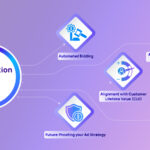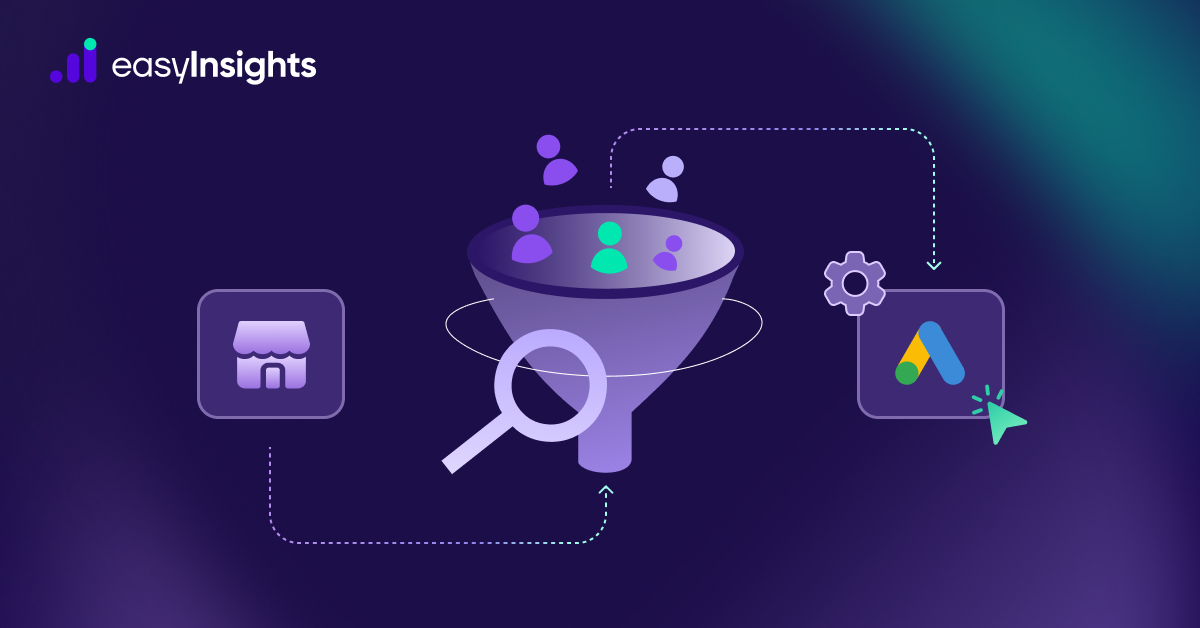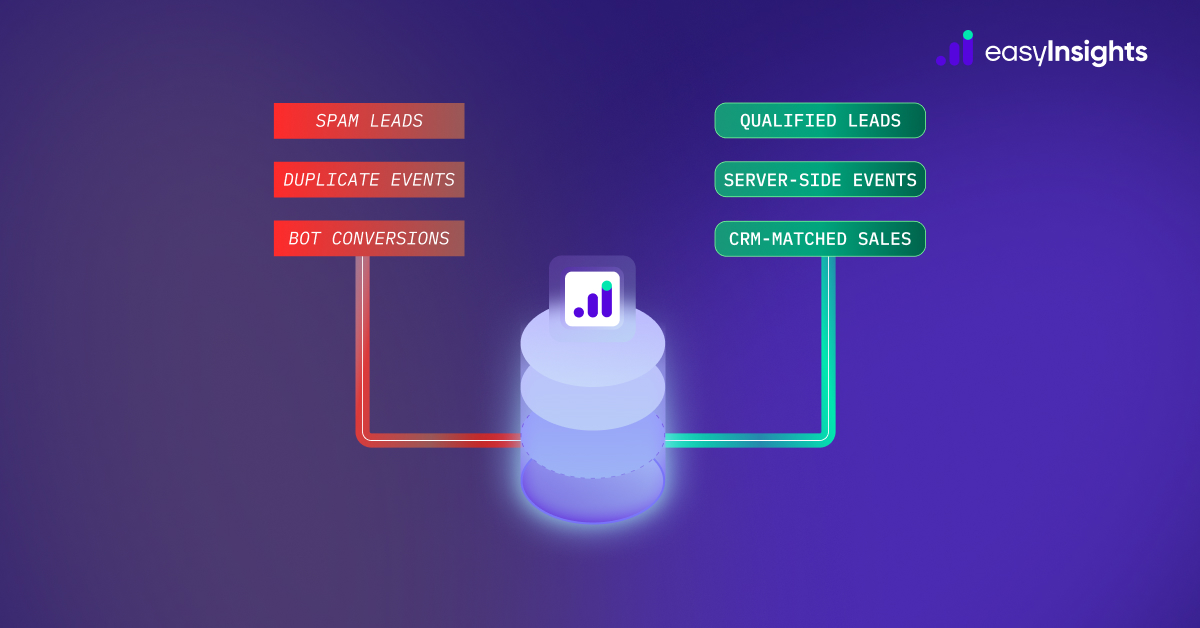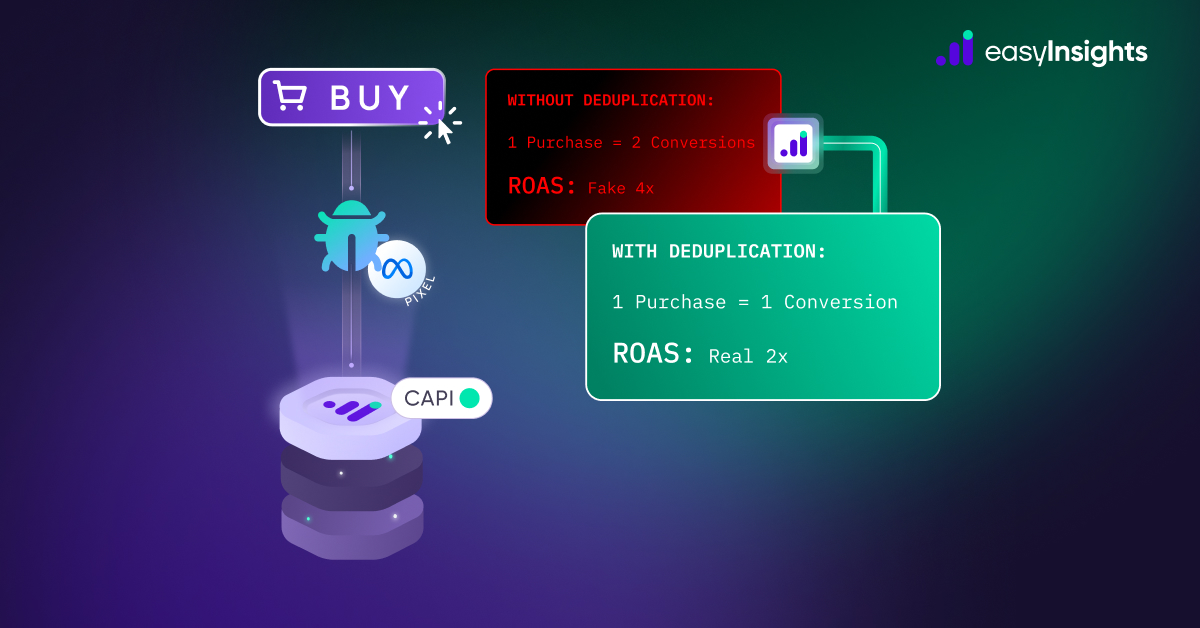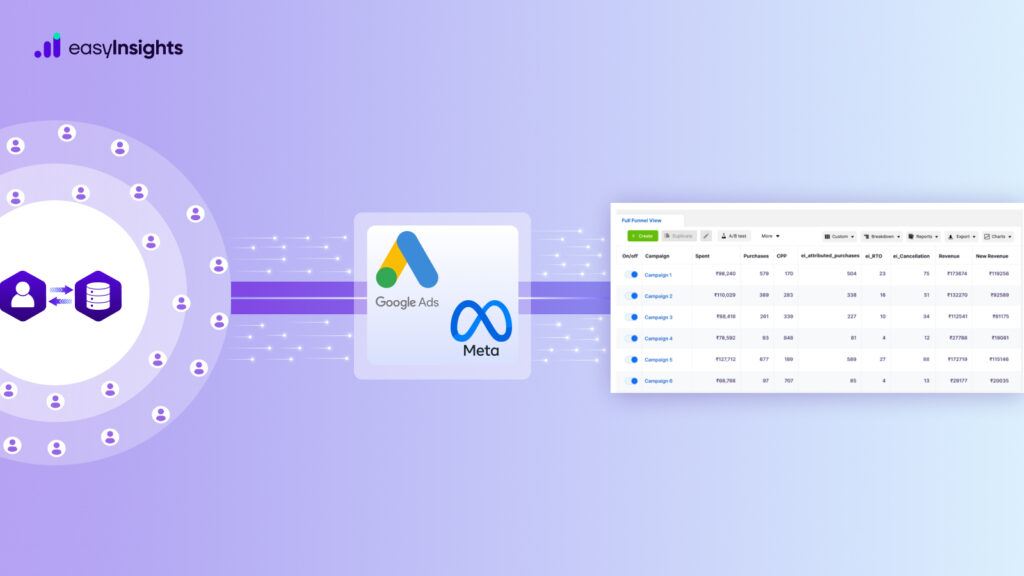
In the current privacy-first marketing world, relying solely on third-party cookies or pixel-based tracking is a losing game. For eCommerce brands, first-party data – the information you collect directly from your customers – has become your most valuable marketing asset.
When used right, it can help you:
- Understand your customers on a deeper level
- Deliver highly personalized campaigns
- Improve targeting and reduce wasted ad spend
- Boost your Return on Ad Spend (ROAS)
In this blog, we’ll explore how First party data can improve your ROAS for eccommerce
Jump ahead to:
The ROI of First-Party Data: Stats & Case Studies
Google Case Studies:
- Brands using first-party signals on Google have seen explosive ROAS gains. A travel advertiser (Cebu Pacific) mapped the booking journey via Google Analytics and ran dynamic ads, achieving a 7x ROAS increase and 100% lift in CTR – source
- L’Oreal analyzed its data in BigQuery with website data from Analytics 360 and internal data without any personally identifiable information. Then using AutoML, L’Oreal was able to predict which site visitors would go in-store to purchase. Those audiences were easy to share with Google ad products Display & Video 360 and Google Ads. L’Oreal even discovered new audiences through Similar Audiences and the Audience Expansion feature in Google Ads. – source
Meta/Performance Ads:
- Meta reports that its new Advantage+ Shopping (ASC) campaigns – which rely heavily on first-party catalog events – can deliver up to 32% higher ROAS and 17% lower cost-per-conversion when set up correctly – source
- Meta explicitly notes that sending accurate first-party events (add to cart, checkout, cart abandonment, purchases etc.) via the Meta Pixel or Conversions API gives its algorithms the clear signals they need. Brands with well-structured, consistent first-party events get better targeting, higher-quality customers, and stronger ROAS – source
Additional reading – How to activate your first party data
Value of First-Party Data Activation for eCommerce
With the third-party cookie demise, marketers have lost key identifiers and the ability to easily resolve user identities. For eCommerce businesses, this change has been both a challenge and an opportunity. The challenge? Adapting to a privacy-first world. The opportunity? Doubling down on first-party data – data you collect directly from your customers.
In fact, many brands are already re-directing investments from third-party data platforms to first-party initiatives. And the reason is simple:
First-party data is compliant, accurate, and 100% owned by you. When activated properly, it can dramatically improve your targeting, personalization, and ultimately your ROAS (Return on Ad Spend).
1. Collecting Data Within Compliance Norms
One of the biggest dilemmas marketers face today is how to collect customer data ethically while staying compliant with regulations like GDPR and CCPA.
A good first-party data collection framework ensures:
- Proper consent mechanisms (opt-ins and preferences)
- Transparent data usage policies
- Secure data storage and handling
The best part? Since the data comes directly from your audience, you have full control over what is collected and how it’s used – without relying on third-party cookies.
2. First-Party Data: More Than Just Advertising
While most marketers know first-party data can fuel ad targeting, its impact extends far beyond campaigns. Because it’s unique to your business, it can shape:
- Product strategy – Identify which products are resonating in specific regions or segments.
- Pricing – Enable dynamic pricing based on customer behavior or loyalty status.
- Branding & Messaging – Understand what resonates most with your audience and tailor your communications accordingly.
For example, an eCommerce brand can analyze how customers interact with its site and products, then customize offers in real-time – something third-party data simply can’t match.
3. Targeting & Personalization with First-Party Data
First-party data empowers deep targeting based on:
- Demographics
- Preferences
- Payment methods
- Discount affinity
- Behavioral characteristics (Add to Cart events, SKUs viewed, purchase frequency)
With transaction history, you can even segment customers by their preferred payment type → credit card, debit card, UPI, etc. This level of insight allows highly specific audience groups and tailored ad experiences.
4. Practical eCommerce Use Cases
Here are some powerful ways eCommerce brands activate their first-party data:
a) Target Cart Abandoners
Identify users who add products to their cart but don’t check out. Retarget them with:
- Reminder emails
- Limited-time offers
- Retargeting ads on Meta & Google
b) Reward ‘Friendly Payers’
Group regular customers by their preferred payment method (credit, debit, UPI, net banking). Then:
- Send appreciation messages
- Offer payment-method-specific discounts
c) Segment by Buyer Demographics
Analyze which products are most purchased by specific regions or age groups. Use this to:
- Notify customers when popular items are back in stock
- Run geo-targeted ads for high-demand products
d) Enhance Loyalty Programs
When customers join a loyalty program, they’re often willing to share more personal information for rewards. Brands can:
- Incentivize newsletter sign-ups
- Offer perks for completing profiles or quizzes
- Provide exclusive discounts for repeat purchases
This not only drives repeat sales but also builds a richer customer profile for future targeting.
5. Why eCommerce Marketers Love First-Party Data
Simply put – control and accuracy.
With second or third-party data, you’re always constrained by how that data was collected and the goals of the other organization. With first-party data, you:
- Own the data
- Control how it’s collected
- Use it in ways that directly align with your business goals
When brands demonstrate responsible data collection and use it to create better shopping experiences, customers are more willing to share additional information. This creates a positive feedback loop → better data → better personalization → better customer satisfaction → more data.
How First-Party Data Activation Improves ROAS
1. Higher Match Rates = Better Reach
- Uploading or syncing first-party data (emails, phone numbers, purchase history) gives Google & Meta more identifiers.
- Example: Without 1P data, Meta may only match 40% of buyers. With CAPI + Enhanced Conversions, match rates go up to 80–90%.
- Impact on ROAS: Ads reach more of the right people → cost per acquisition (CPA) drops → ROAS improves.
2. Accurate Tracking = Smarter Optimization
- Without first-party tracking, 20-30% of conversions may go “unattributed” due to iOS14 & cookie loss.
- Feeding server-side conversion events ensures every sale is tracked back to the right ad.
- Impact on ROAS: Platforms stop under-reporting, continue allocating budget to winning ads → revenue goes up while spend stays optimized.
3. Value-Based Bidding = Focus on Profitable Customers
- Passing purchase value + LTV into ad platforms lets you run Target ROAS campaigns (Google) or Value Optimization (Meta).
- Example: Instead of treating a $50 order and a $500 order the same, the platform bids more for customers likely to spend $500.
- Impact on ROAS: Spend is prioritized on high-value customers → revenue grows faster than cost.
4. Personalized Retargeting = Higher Conversion Rates
- Segment your 1P data (cart abandoners, repeat buyers, VIP customers).
- Show different ad creatives/offers to each segment.
- Example: Cart abandoners often have 2 -3X higher conversion rates when retargeted with a discount.
- Impact on ROAS: Conversion rate increases → more sales from the same spend → ROAS improves.
5. Lookalike Audiences = Cheaper Acquisition
- Using 1P data, Meta/Google build lookalikes of your best customers.
- These audiences perform better than cold targeting.
- Example: Meta reports advertisers see 17% lower cost per conversion with high-quality 1P lookalikes.
- Impact on ROAS: Lower acquisition cost = higher returns per dollar spent.
Let’s say you spend $10,000 on ads:
| Scenario | Revenue | ROAS |
| Without 1P Data (limited tracking & generic targeting) | $25,000 | 2.5× |
| With 1P Data (enhanced tracking, value-based bidding, lookalikes) | $40,000 | 4× |
By activating 1P data, the same spend now generates 60% more revenue, pushing ROAS from 2.5× to 4×.
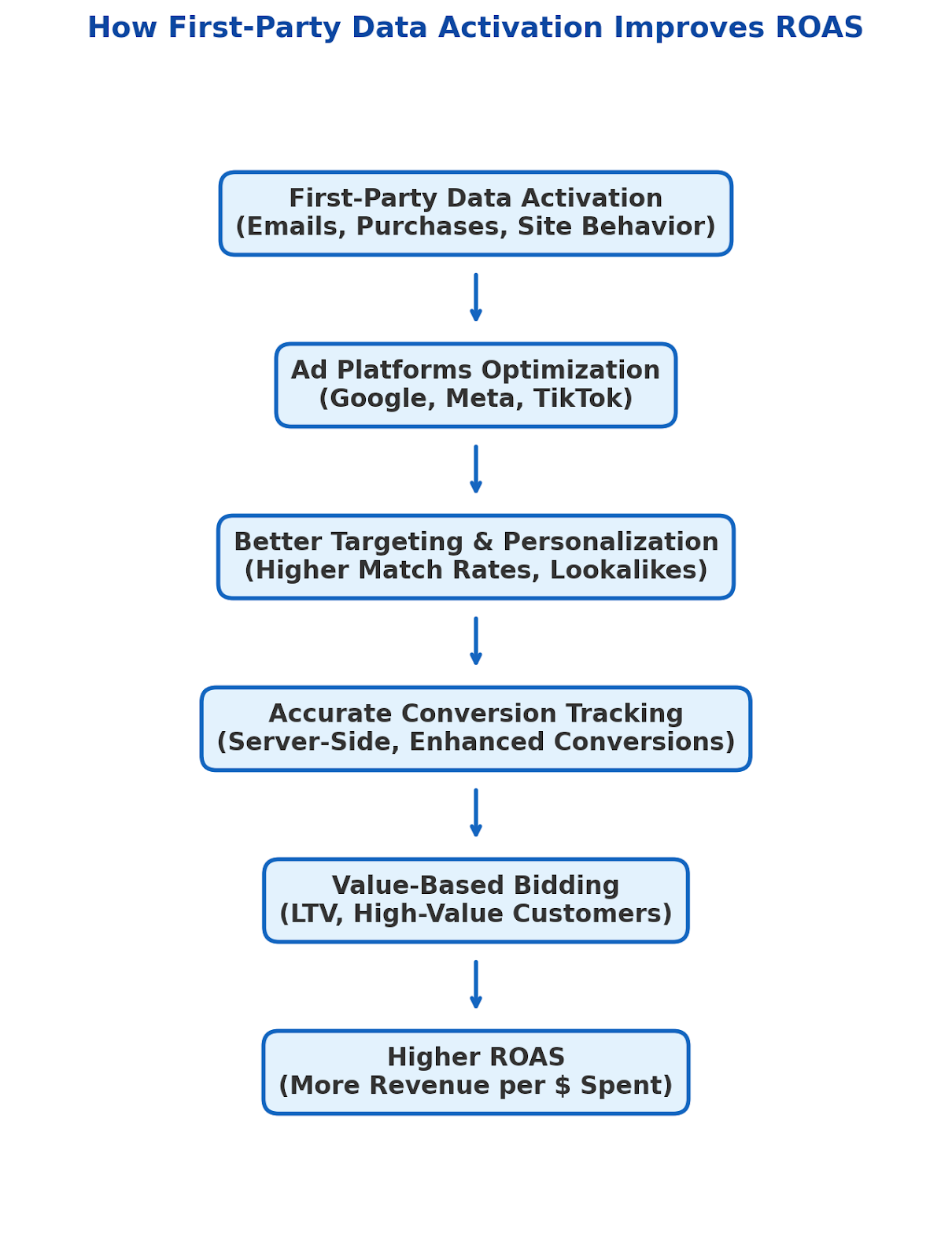
Tools & Platforms: How EasyInsights Supports Activation
Managing first-party data activation can be complex. Platforms like EasyInsights provide end-to-end solutions for e-commerce marketers. EasyInsights specializes in data enrichment, attribution and activation – collecting raw event data from your store (orders, carts, visits) and ensuring it is clean, complete and sent to advertising platforms in real time.
With EasyInsight brands achieve more accurate multi-touch attribution (identifying which ads truly drove sales) and higher ad performance. With robust first-party signals flowing into Google and Meta, the ad algorithms can optimize bids more effectively
Conclusion
In today’s privacy-first marketing environment, first-party data isn’t just an asset – it’s the foundation of profitable eCommerce growth. By collecting it responsibly and activating it across ad platforms, brands can unlock higher match rates, accurate tracking, smarter bidding, and personalized targeting. The result is clear: stronger customer relationships, more efficient ad spend, and a significant boost in ROAS.
For eCommerce marketers, the message is simple: the brands that win tomorrow are the ones activating their first-party data today. With the right tools like EasyInsights you can ensure your data works harder, your campaigns perform better, and your business grows faster.
To activate your First party data Book a demo with EasyInsights
Additional reading – How to use first party data for your e-commerce-brand



